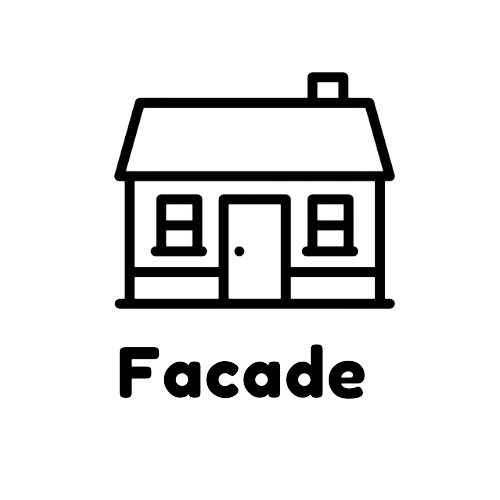Design Pattern: Facade Pattern in Python
Facade works as an abstraction layer, over the underlying complex system. The client communicates with the facade, and the facade communicates with the subsystems. In this article, we discuss the implementation of the Facade Pattern in Python.

